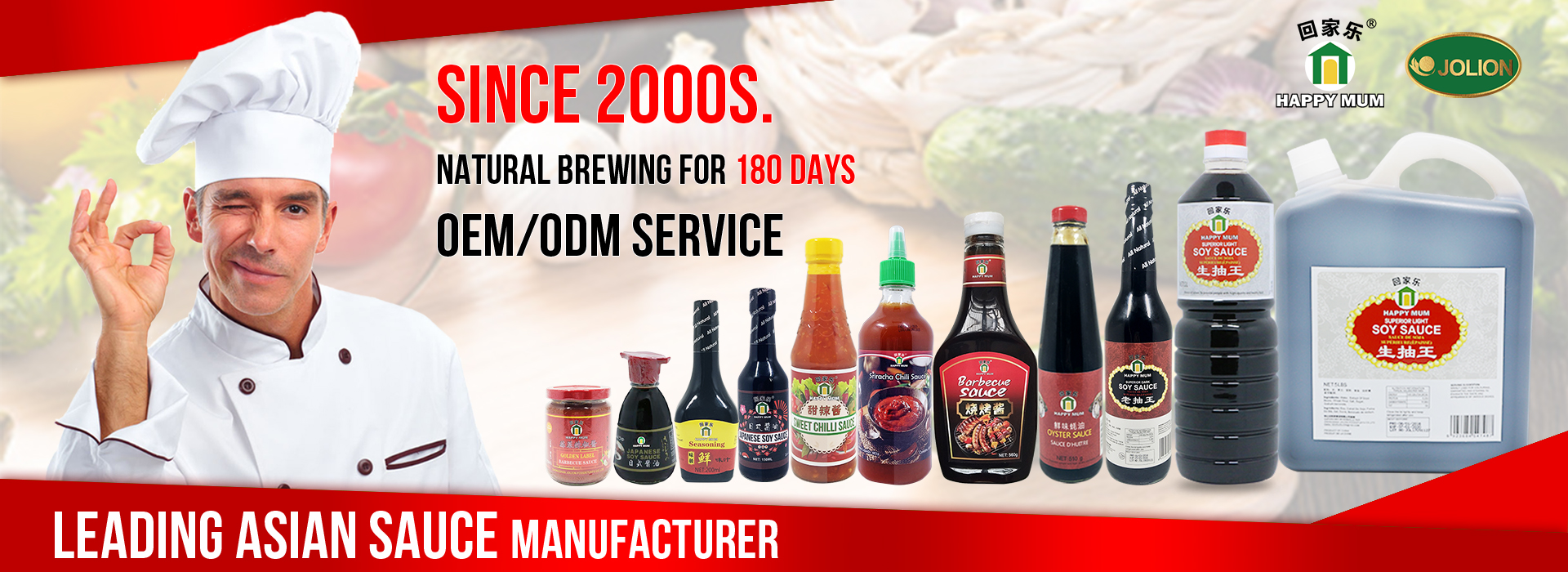
- Exploring JOLION Food's Exquisite Sauces and Noodles at SIAL PARIS 20242024-10-30SIAL PARIS, the renowned international food exhibition, is set to showcase a plethora of gastronomic wonders in 2024. Among the myriad of exhibitors, JOLION Food stands out as a beacon of culinary excellence, promising a delectable journey for food enthusiasts and industry professionals alike.
- Do you really know anything about canned tomatoes?2025-03-31
- The 4,000-Year History of Chinese Noodles?2025-03-27
Do you really know anything about canned tomatoes?
Do you really know anything about canned tomatoes?
The Rise of Canned Tomatoes
Canned tomatoes are a cornerstone of global cuisine, offering year-round access to summer-ripe flavors. First commercially canned in 1847 by Harrison Woodhull Crosby in New Jersey, they revolutionized food preservation. Today, over 40 million metric tons of tomatoes are processed annually worldwide, with Italy, the U.S., and China leading production

Concentration Processes: From Field to Can
Step 1: Thermal Vacuum Evaporation
Industrial evaporators remove 90% water at 70°C to preserve lycopene.
Energy Efficiency: Modern triple-effect evaporators use 35% less steam than single-stage systems.
Step 2: Aseptic Concentration
High-Temperature Short-Time (HTST) processing at 125°C for 30 seconds maintains:
Color (Hunter Lab value L* > 25)
Vitamin C retention (>80%)
Step 3: Rheology Control
Pectinase enzymes (0.01-0.05% w/w) adjust viscosity without additives.
Cardiovascular Protection
Lycopene: 75mg per 100g paste vs 3mg in fresh tomatoes
Study: Daily 2 tbsp reduces LDL oxidation by 13%
Cancer Prevention
Mechanism: Apoptosis induction in prostate cancer cells
Synergy: Combined with broccoli sprouts → 40% higher sulforaphane absorption
Skin Health
UV Protection: 16% reduction in erythema with 12-week supplementation
Global Concentration Preferences
Regional Taste Profiles:
Mediterranean: 24-28°Brix for balanced acidity (Mutti, Italy)
Middle East: 30-32°Brix for intense stew bases (Al Wadi Al Akhdar, Lebanon)
North America: 18-22°Brix "easy-squeeze" formats (Hunt's)
Crushed Tomatoes (8-12% Solids)
Flavor Profile:
Balanced sweet-tart profile (4.1°Brix)
Roasted depth from mechanical cell rupture
Umami surge (0.8g/100g glutamates)
Earthy finish from skin tannins
Texture:
Rustic chunkiness dissolving into silky body
Best For:
American chili, Middle Eastern shakshuka
Tomato Purée (12-24% Solids)
Flavor Profile:
Caramelized intensity (18°Brix typical)
Smoky whispers from evaporation process
Piquant edge (pH 4.2-4.5)
Dried fruit nuance (prunes/raisins)
Texture:
Velvet cloak coating the palate
Best For:
Indian curries, pizza sauce bases
Double-Concentrated Paste (28-32°Brix)
Flavor Profile:
Molasses-like density with burnt sugar hints
Savory explosion (5.6g/100g umami compounds)
Bitter chocolate undertones from Maillard reactions
Fermented complexity akin to soy sauce
Texture:
Tarry resistance melting into umami tsunami
Best For:
Beef stews, Korean jjigae, flavor layering
Triple-Concentrated Paste (36-40°Brix)
Flavor Profile:
Incense-like smokiness (pyrazine compounds)
Port wine reduction sweetness
Anchovy-like saltiness without added sodium
Tobacco leaf tannic finish
Texture:
Fudge-like density requiring liquid mediation
Best For:
Demiglace enhancement, mole negro, BBQ rubs
Consumer Study Data:
68% of chefs prefer >30°Brix for professional kitchens.
Home cooks report 40% less dish failure using concentrated pastes vs fresh tomatoes.
If you want to know more, please feel free to contact us, we have over 20+ years of experience in producing food products.
Related News
- 2025-03-27The 4,000-Year History of Chinese Noodles?
- 2025-03-30How Canned Sweet Corn Fits into a Weight Loss Journey: A Guilt-Free Indulgence
- 2025-03-29Why JOLION Foods Is Your Go-To Noodle Supplier
- 2025-03-28Noodles for Every Palate: Exploring JOLION Foods' Diverse Product Portfolio
- 2025-03-27Nutritional Goldmine: Discover the Health Benefits of Canned Lychee Nuts
- 2025-03-26Taking Stock Of China's Popular Noodle Dishes
Start Your Seasoning Sauce Business by a Free Quote
GET FREE QUOTES
If you are interested in our services, let's have a try on the first project
